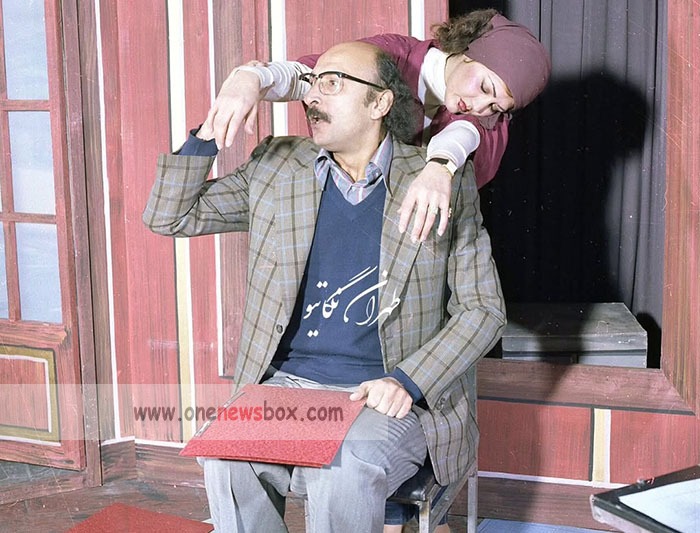6.2 Later Developments
By the 1960s, directors like Hamid Samandarian and Bahram Bayzai would further refine Iranian theater. Samandarian’s Pazargad Art Group, established in 1963, drew together some of the most celebrated actors of the era, such as Parviz Pourhosseini, Jamileh Sheikhi, Saeed Poursamimi, Pari Saberi, Jamshid Mashayekhi, and Parviz Kardan. These later achievements, however, were deeply indebted to the groundwork laid in the 1940s.
6.3 The International Dimension
Observers from abroad also took note of Tehran’s theater scene. Reports described it as vibrant and avant-garde, often more dynamic than even the theaters of San Francisco. This international recognition underlined the vitality of Iranian stage art in comparison to its cinema or other media.
7. Broader Cultural Significance
7.1 Theater as a Mirror of Society
Theater in 1940–1943 reflected the contradictions of Iranian society: the clash of modernity and tradition, the rise of political pluralism, and the persistence of illiteracy. By staging these tensions, theater became a space where Iranian identity was negotiated.

